
Following Nature's Steps: Meadow Garden Ideas
Published: 01/12/2022 | Updated: 29/03/2023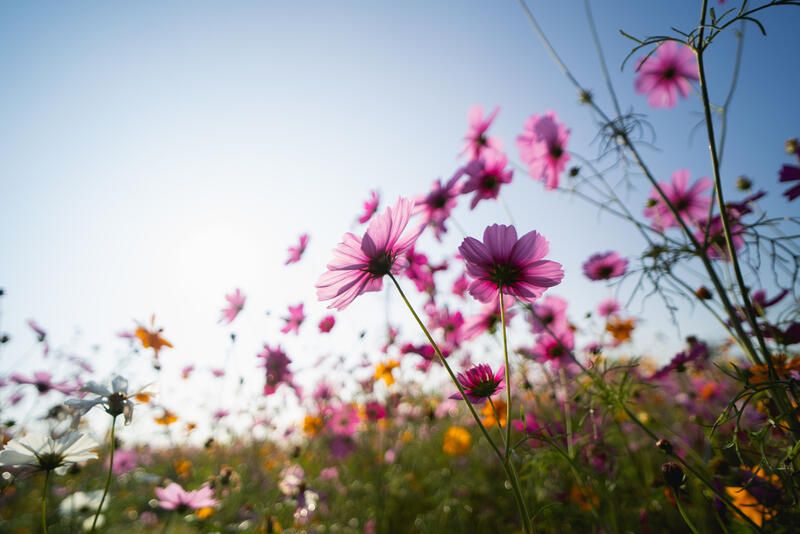
''My garden is my most beautiful masterpiece''- Claude Monet


Nature is wild. It follows no specific patterns yet it’s very consistent and planned.
A large number of homeowners have been taking a natural route with their yards in recent years.
That is to both preserve natural resources and create their little oasis that mimics nature and invites wildlife in.
No matter how big or small your garden is, you have the chance to catch up with the trend!
Meadow gardens do not only mimic nature and help ecological systems, but they also look like beautiful paintings in your outdoor space made with grasses and wildflowers.
We collected some ideas and tips that we hope will inspire you while creating your natural masterpiece.
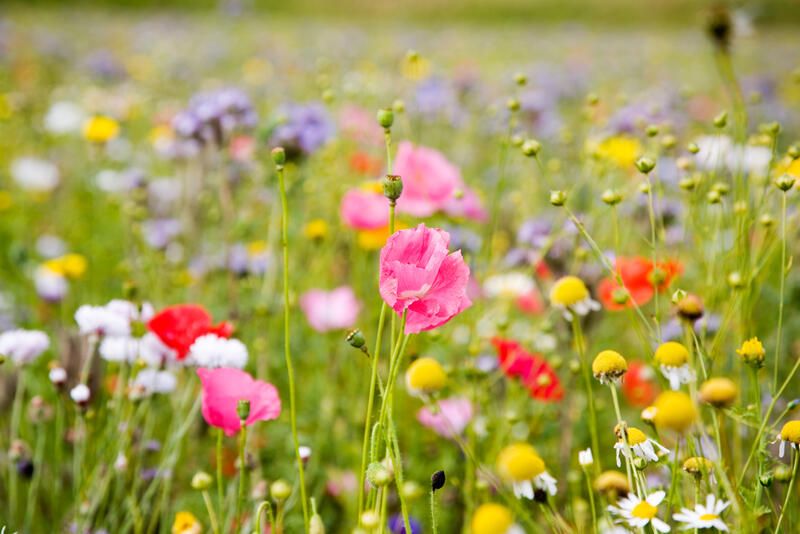
What are meadow gardens?
A meadow garden is a garden system that’s primarily consisted using native plants, native grasses, and wildflowers.
In their basic term, meadow gardens are eco-friendly alternatives to a traditional turf lawn, so using native and low-water plants is only natural to keep up with the definition.
But in reality, there are no rules as to what should or should not be added.
You can choose to add annuals, perennials, and other varieties of plants depending on your personal preferences.
Why are meadow gardens any special?
If what we went over above doesn’t excite you enough, here’s a list of why meadow gardens are awesome.
They purify the air:
It will be like having your air filter while hanging out in your garden.
Less labor:
Meadow gardens are generally much lower maintenance than lawn turf and regular plants, so you won’t be breaking your back in the garden but rather using that time to enjoy the scenery.
They help wildlife:
These systems will also help butterflies, bees, and other pollinators on their little missions.
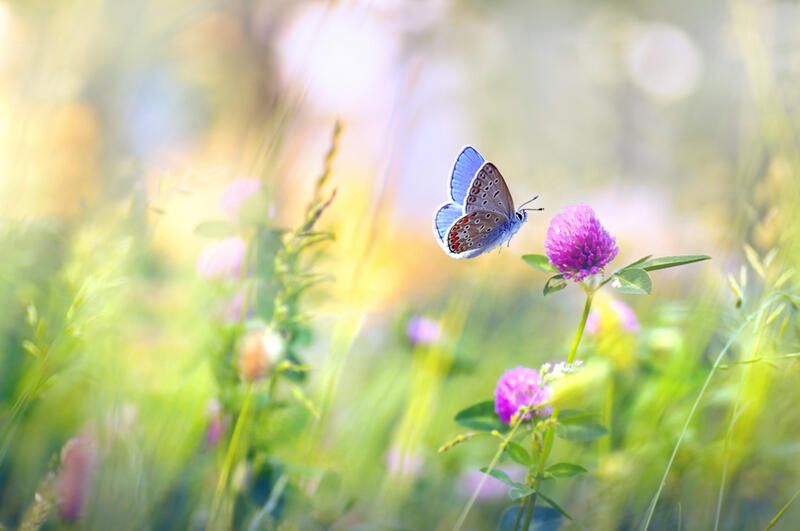
Your getaway:
Meadow gardens and very aesthetically pleasing. Imagine meditating or reading your favorite book amidst nature.
They’ll work with any space:
If you don’t have a larger yard, you may be thinking this project isn’t for you, wrong.
There are no standards to how big or small a meadow garden can be, so creating a mini meadow is on the table for smaller yards.
Environmentally friendly:
Meadow gardens thrive in poor soil and require no harmful fertilizers
Starting your Meadow
When preparing your space for a wildflower garden, there are a few things you will need to consider for a successful project.
1. Choosing a location
Before starting any garden project, you should learn more about the space you’re working with.
A few things you’ll need to look into are the soil nature, and the sunlight exposure this spot gets.
These systems typically need full sun exposure or 6 hours of direct sunlight daily, so you have to make sure you’re choosing a sunny spot.
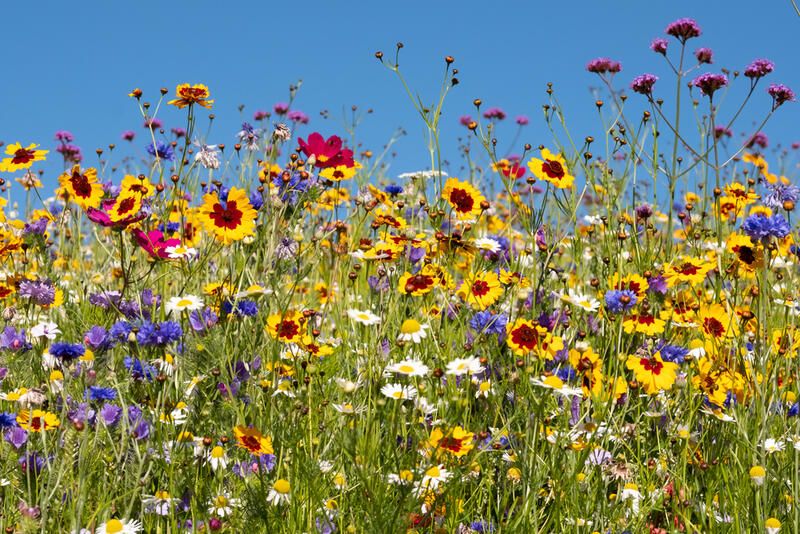
2. Clearing the soil
Working on a meadow garden will require a clean canvas.
You’ll need to make sure to take out all your lawn and weeds before starting your meadow project.
3. Start with the base
Grasses are the base of any meadow garden. Make sure you have your grasses selection down before throwing in wildflower seeds or color into the equation.
4. Make a plan
You'll have to be mindful of the space you have and calculate the number of seeds you'll need with the square footage you're working with.
As previously discussed, grasses make the base of a meadow garden so ideally, you'd need to consider more grasses than flowering perennials seeds.
Red pill or blue pill?
A big choice you’ll have to make in this project is choosing whether you’re going for a perennial meadow or an annual meadow.
Will that affect the process? Yes, big time.
A perennial meadow thrives in poor, unfertilized, and well-drained soils and grows back every year.
While annual meadow plants will need rich soils and will need you to sow seeds or replant annually.
Having your mind set before starting will help you make the best location and soil choices.
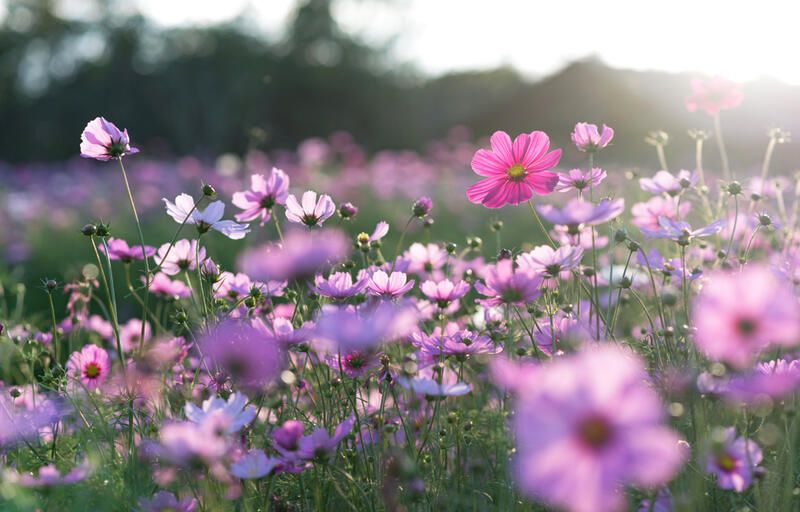
Dreamy garden using native plants
Native plants have adapted to the soil and surrounding environment conditions for years. They thrive in a wide range of harsh climate conditions and don’t exhaust the soil or use up a lot of water. This makes them ideal for meadow planting.
Some Natives you can use in your meadow garden are coneflowers, daisies, cowslips, and salvias.
Best meadow plants to consider
Some meadow plants are blanket flowers, black-eyes Susan, fescue grasses, bee palms, and milkweeds.
Consult landscape professionals.
Your plant choices will change based on where you are. Visit a local meadow and find out what plants will thrive in your region.
Our plant experts at Shrubhub landscaping provide you with a list of the perfect plants for your space based on soil, sunlight exposure, and your planting zone to make your dream meadow a reality!
visit Shrubhub.com for more information.
Tips for starting your meadow garden
You should ideally start your meadow garden in early spring on clear soil.
After you've made sure to kill all your lawn and weeds in the area you're planting, make sure to spread your wildflower meadow seeds at a distance that considers them in a full growth state.
After you've layered your seeds, you'll need to water occasionally until your plants have established a healthy root system.
Once your garden has established roots, maintenance will be minimized.
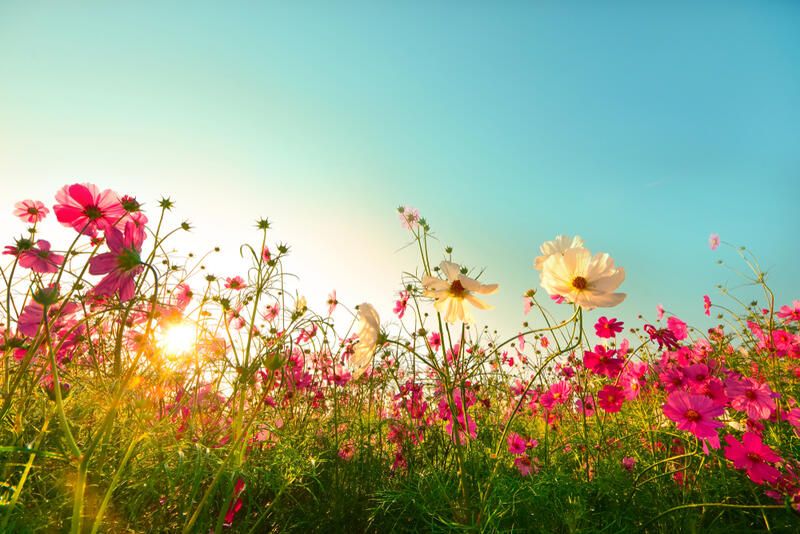
Add your personal touch
Now that you have a beautiful natural garden, it’s time to make it more special.
1. Adding pathways
With meadow gardens, you will naturally need to mow paths to walk through your plants without harm.
We suggest adding a pavers pathway.
The gaps between the pavers will allow your grasses to grow in between to further enhance that fairy garden look and you’ll have the function of pathways guiding people where to walk without harming your plants.
2. Create a meditation area
Nature calls for peace and mindfulness. Establish a small deck near your meadow garden for yoga and mindful practices.
Practicing mindfulness has countless benefits for both physical and mental health.
And what better place for these practices than somewhere where you’ll be immersed in nature?
3. Install a water feature
Adding a small water fountain for a sound aesthetic or a bird bath near your garden will provide a magical touch that will add up to the whole experience.
Discover Shrubhub’s Design Service
We understand the importance of having a design plot for any home project you’re starting.
At ShrubHub landscaping, our goal is to make design plans the easiest part of your renovation journey.
With our service operating remotely, you won’t have to make special plans or interrupt your work to design your outdoor space.
Go to Shrubhub.com to learn more about the fastest and most affordable remote design service on the market.


